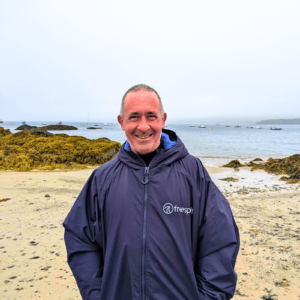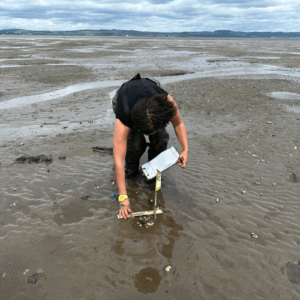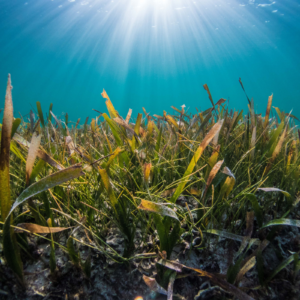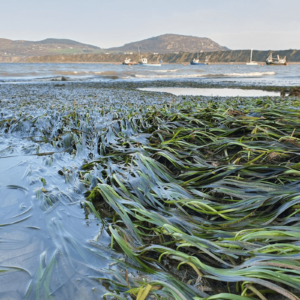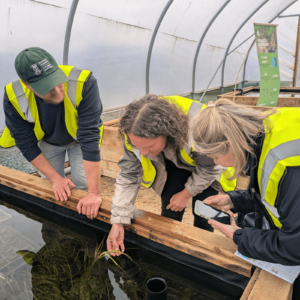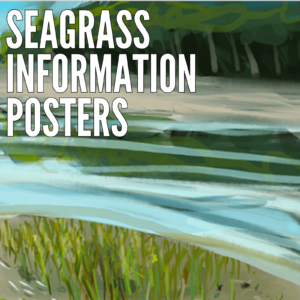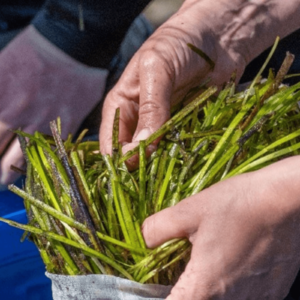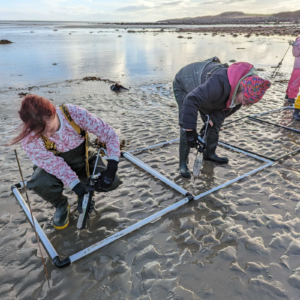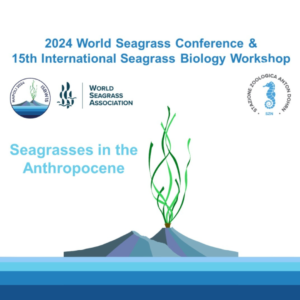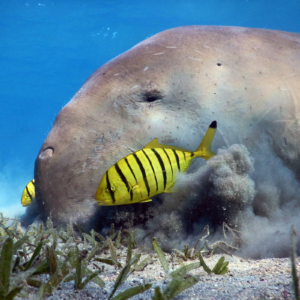196 of the world’s nations are committed under the Kunming-Montreal Global Biodiversity Framework to tackling nature loss. Habitat restoration is a major pathway to tackling this loss. For marine habitats such as seagrass, such restoration is often portrayed as an easy answer to fighting many of our planetary ills causing this nature loss. But as evidence grows of the issues and challenges of such activities, scientists from Project Seagrass and Swansea University have outlined ten golden rules to help improve this restoration. Their work is published today in an Open Access article in the journal Plants People Planet. The article responds to the increasing pressures faced by seagrass ecosystems globally and the need to rapidly rebuild marine life. The authors highlight throughout that in order to restore our ocean biodiversity, we first need to focus on reducing the stressors to these habitats, namely water quality, boating and coastal development. The authors who have been studying seagrass conservation and restoration argue for a shift beyond a singularised view of restoration as being about planting new meadows to a combined view where damaged and fragmented meadows are rejuvenated; threatened and diminishing meadows are protected; and more meadows become resilient. The rules confirm the need for collaborative approaches to restoration which create biodiverse ecosystems that support coastal communities and improve communities. Dr Richard Unsworth, lead author on the paper who is the Chief Scientific Officer at Project Seagrass and Associate Professor at Swansea University said, “To rebuild marine life at the scale and speed required to fight the biodiversity crisis and the climate emergency we need to think bigger, whereby we bring degraded habitats back to life at the same time as creating vast new habitat in support of coastal livelihoods, and community resilience” The paper has been published following the International Seagrass Biology Workshop (ISBW15) hosted in Naples, Italy earlier this year, the theme of this which was “Seagrasses in the Anthropocene”. As human activities place ever-increasing pressure on seagrass ecosystems at both a local and global scale the resulting changes in environmental conditions have altered seagrass ecosystems to an extent that has not previously been observed. The challenge currently facing the global community is the need to establish a new baseline and protect, restore, and rehabilitate the seagrass ecosystems that currently remain. Dr Benjamin Jones, Chief Conservation Officer at Project Seagrass and author of the paper says: “Coastal environments suffer from excess nutrients and contaminants from poor land management, deforestation and ineffective pollution management. If we are to place seagrass on a pathway to global net gain, for restoration to have any meaningful contribution, we also need to think about restoring watersheds and thinking upstream – restoring the land to restore the sea”. The ten golden rules originally developed by Unsworth and Jones for seagrass restoration, and outlined below, aim to ensure that existing seagrass is protected, that multiple and diverse stakeholders are involved in planning to support the selection of appropriate sites and ongoing stewardship, that appropriate restoration methods are utilized, and that realism is adopted in the face of the challenges surrounding global restoration efforts particularly in light of ongoing climatic pressure. Dr Leanne Cullen-Unsworth, CEO at Project Seagrass and an author of the paper says: “Fantastic progress is being made in the field of conservation and restoration of seagrass meadows, but in order for this to happen at the scale and speed required, we wanted to set out a series of holistic guidelines, based on available research and experience, that practitioners can follow for improved chances of success.” 10 Golden Rules for restoration to secure resilient and just seagrass social-ecological systems (set out in detail below) Protect existing seagrass first Work together Create biodiverse ecosystems with multiple functions for people and planet Select appropriate sites for restoration Determine appropriate restoration methods Use resilient plant materials and future proof your project Maximize the potential opportunity of the restoration Plan ahead for infrastructure, capacity, and restoration material Develop realistic informed goals and reporting Make it pay 10 Golden Rules (Detailed summary of the paper) 1. Protect existing seagrass first Amidst the context of growing interest in seagrass restoration, the authors emphasize that it is much slower, more difficult, and more expensive to re-plant seagrass meadows than it is to protect those that currently remain. Protection from localized stressors can relieve pressure on our existing seagrass be this through the implementation of improved water quality from better catchment management, reduced boating damage, establishment of Marine Protected Areas or through the encouragement of alternative low-impact livelihoods, tourism, and fishing practices. The authors also outline the need to prioritise which seagrass meadows to protect taking into consideration predicted future climatic conditions such as changing temperatures, sea level rise, land use change, and the gradual topicalization of temperate systems. 2. Work together Restoration is a collaborative process and the authors discuss the importance of the involvement of multiple and diverse stakeholders, expertise, and experience throughout all stages of the restoration process. Seagrass social-ecological systems support diverse uses and livelihoods, from fishing and recreation, to harvesting of raw plant material. Rights and equality are central, and stakeholders should be encouraged to continue activities, not just undisturbed, but enhanced by increased seagrass resilience. Engaging local communities and stakeholders during the site selection period is essential as these groups will often become the long-term custodians of the restoration site. Without working together, long-term seagrass restoration at scale is simply not possible and finding ways to bring people together to co-design restoration projects will enhance the social capital of resulting habitats. 3. Create biodiverse ecosystems with multiple functions for people and planet The overarching aim of seagrass restoration should be to maximise the biomass and biodiversity of meadows such that they support diverse and resilient ecosystem functioning and services for people and planet. The authors discuss how natural systems simultaneously produce multiple ecosystem services that interrelate in complex and dynamic ways. An overly narrow focus on a limited set of ecosystem services can lead to
